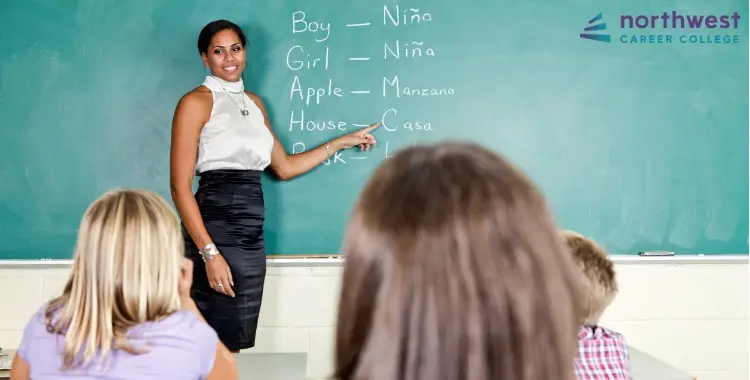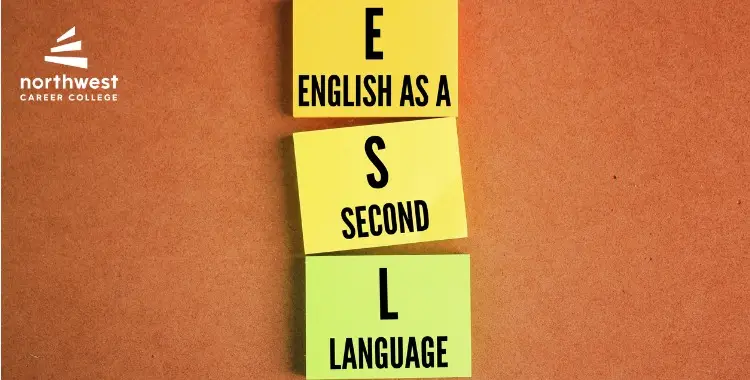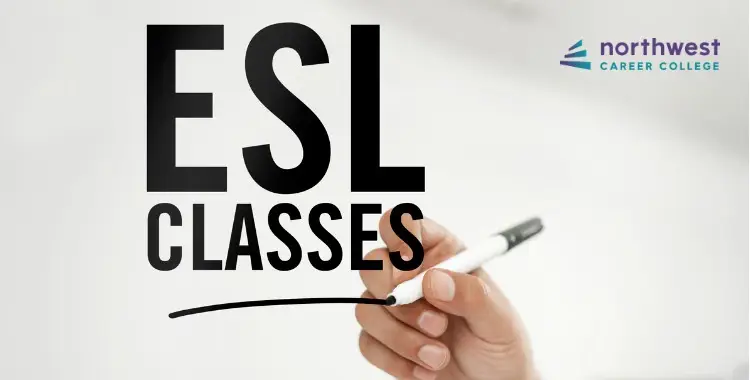How Do ESL Classes Cater to Different Learning Styles?
- ESL Courses
- October 1, 2024
- 3.9k views
- 3 min read

Effective education lies in realizing that every learner learns in their way. This is one principle that has been upheld within the ESL (English as a Second Language) classroom since its students come from so many cultures, have dissimilar cognitive abilities, and have learning preferences of an individual nature. It is the responsibility of the ESL teacher to be multifaceted in their approach, respecting and meeting these differences with understanding to cater to this rich tapestry of learners.
Table of Contents
What is ESL?
ESL stands for “English as a Second Language.” It is a teaching and learning method for foreign languages, specifically English, for individuals who have a different native language. In other words, it is the process of teaching and learning English as a foreign language for people whose native tongue is not English.
ESL programs support non-native speakers in developing listening, speaking, reading, and writing skills. Meeting day-to-day social, academic, and professional needs. Programs cater to all ages and education levels and may consider cultural integration.
Learning Styles for ESL Classes
Visual Learners
The saying “seeing is believing” holds regarding learning through visual media. Visual aids such as charts, graphs, diagrams, and videos can help increase comprehension and retention of the material. ESL teachers use such aids to reinforce language concepts, vocabulary, and grammar. Color-coded objects and pictures are beneficial in explaining the intricacies of the English language, making learning interactive and practical for visual learners.
Auditory Learners
Auditory learners are best equipped to learn using auditory feedback, language, and interaction through sound and verbal means. Listening, oral exercises, and group discussion are the kinds of activities highly ranked by these learners regarding how to learn a second English language (ESL). Podcasts and pronunciation exercises provide audio cues to improve listening skills and develop an ear for English speech patterns.
Kinesthetic Learners
Educators often use interactive games, role-playing, and exercises to create experiential learning opportunities that best serve kinesthetic learners. Experiential learning partakes of the learner’s natural ability for internalization and increases when that natural ability is mobilized through active involvement via sensory experiences. Kinesthetic learners can participate and explore through charades and role-play in an ESL class.
Reading/Writing Learners
ESL courses provide a wide variety of reading materials, ranging from short stories to long ones, adventure stories, and those categorized by level and topic, all intended to encourage students to read. English literature aims to enhance comprehension and vocabulary using simple short stories, newspaper articles, novels, and poetry.
Writing assignments allow learners to express themselves through essays, journals, creative writing activities, and using the language for practice. Reading and writing learners of English have a distinct advantage, as they can better internalize the language through consistent reading and regular writing exercises.
Conclusion
ESL education is not just about teaching strategies, it is about creating an inclusive and empowering environment that accommodates diverse learning styles. ESL educators strive to embrace their learners’ strengths and inclinations, resulting in tailored instruction, targeted interventions, and a commitment to differentiated learning.
By doing so, ESL classes cut across barriers and prepare students for linguistic proficiency and academic excellence. These classes also foster an appreciation for different cultures and promote cultural exchange.



